
There is a reason that interior designers get paid big bucks; and that reason is that people are willing to pay it. I’m not knocking the concept of hiring an interior designer per se, and if you don’t have the time or inclination to design your own interior or if you want to achieve a specific look or effect/impact that you know you can’t manage alone – and you have the money – this might be the way to go.
But often, people who can afford to hire an interior designer in the first place only actually do so due to a lack of confidence and/or inspiration. They second-guess themselves, worry about what others might think of their taste and choices, or just don’t know how to elucidate to themselves what they like, or even how to go about finding out what that is in the first place.
If any of the points in the above paragraph apply to you (or if you flat out can’t afford to hire an interior designer and/or simply have no intention of doing so), then fear not. This blog post will tell you how to style your home like a designer did it, and how to decorate your home like you hired an interior designer to guide you on making the big decisions along the way – without taking your own personality out the equation as a result.
How do I style my home like an interior designer would?
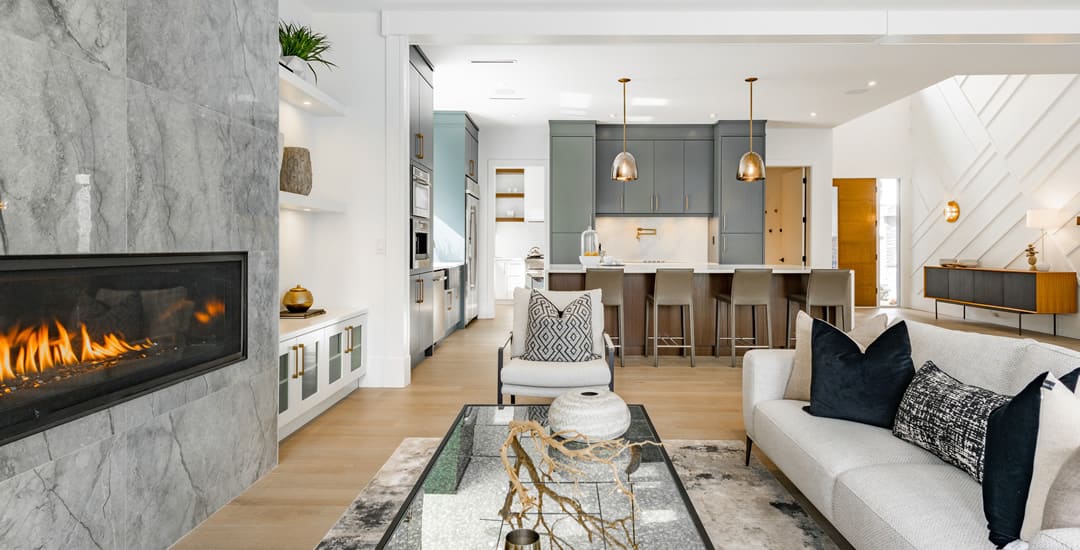
Ok before I answer this, which interior designer are you talking about? If you don’t have a specific designer in mind or can’t actually even name a single living interiors expert – well, you’re by no means in the minority, but also kind of reinforcing my key point of probably not having any need for a designer in the first place.
Much like fashion designers, individual interior designers and/or interior design firms have vastly different styles, approaches, ideas of what works, areas of specialism, and types of projects/homes/clients that interest them, match their skillsets, and that they’re likely to be willing to work with.
To parrot a phrase I learned at college and have had exactly zero cause to use even once since, this is known as one’s “voice” as a designer, or “opinion” as a designer.
So, how do I style my home like an interior designer would? First up, you need to listen to your own “voice” in this respect, and identify and clarify what your own “opinion” as a designer is.
Huh? Yes, there’s a reason why industry terms like “voice as a designer” and “opinion as a designer” don’t translate well outside of the profession; they’re kind of overly conceptual (designers and fashionista types looove that kinda stuff) but can be explained far more simply and accessibly too…
How to style your home like a designer did it relies on knowing what type of designer you have in mind.
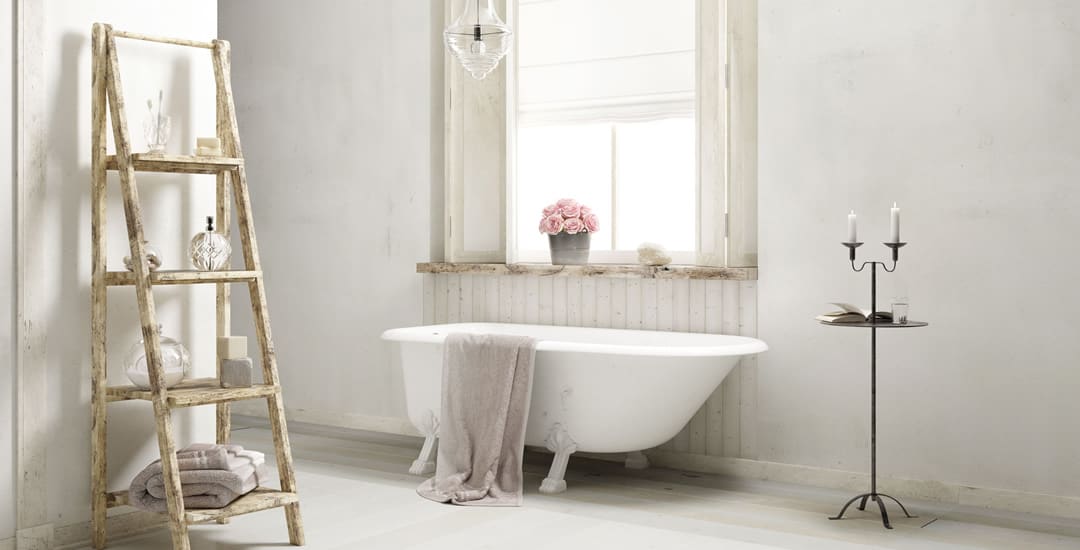
Or more to the point, what designer’s approach/results/preferences match or complement your own. So, what do you like? You might already know this very clearly and have a name for it, such as shabby chic, cottage core, minimalist, contemporary, futuristic, bohemian, eclectic, classical, period… The list is almost endless.
Even if you aren’t sure of the right term (or even if there is one) you will have ideas, usually quite strong ones… If you just knew how to access them, and learn how to shape what may be nothing more than an unconscious preference or certain feeling or association with certain things into something tangible.
This is the “how” that I alluded to in the intro when I talked about finding out what you like, and if you really draw a blank there, this is 100% a mental block rather than a lack of any tastes or opinions on your part, because literally nobody has no views, tastes, opinions, or preferences on style whatsoever.
I mean, nobody who has actual human DNA anyway; if you just got here and are waiting for your first meeting with the other Terminator, I cannot help. Guess you’ve probably got other things on your mind anyway, in that instance.
How to decorate your home like you hired an interior designer means tapping into your potentially unconscious preferences and tastes.
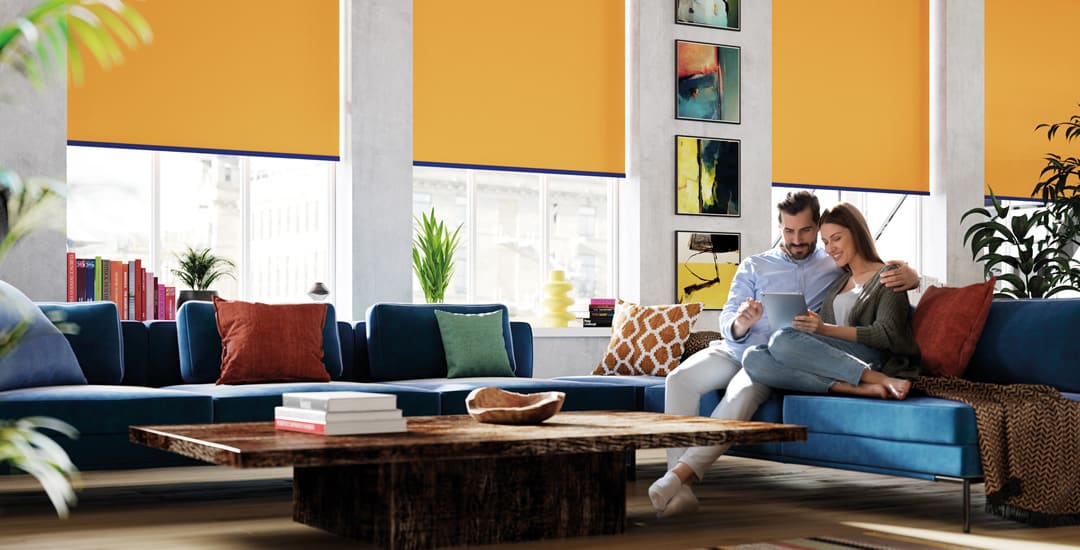
To begin to access a tangible idea of your tastes, likes and dislikes and so on, have a think and a look about. Colours, for instance. What colours do you like, and what do you hate? Do you like them cool or warm toned?
Think of the interiors of your friends’ homes, and those of interiors you’ve seen on TV shows etc. What did you like, dislike, and find inoffensive?
When you bring an interior to mind that you associate with a feeling or trait, you can then learn/think about the sort of terms and descriptive words you will need to describe it, and to add to your yes/maybe/not a hope in hell list accordingly. For instance, bright, modern, dull, stuffy, fresh, young, calming, elegant…
And while someone that loves a traditional or period property look isn’t hugely likely to find that say, futuristic minimalism also resonates strongly with them as something they’d like to introduce within one home, you may well find some crossover and a cluster or range of themes, ideas, and styles to start exploring rather than just one.
Which is fine too, and a fusion approach and/or different but complementary styles or themes in different rooms of the same home can totally work.
Ok, but how do I style my home like an interior designer would if I’m on a tight budget?
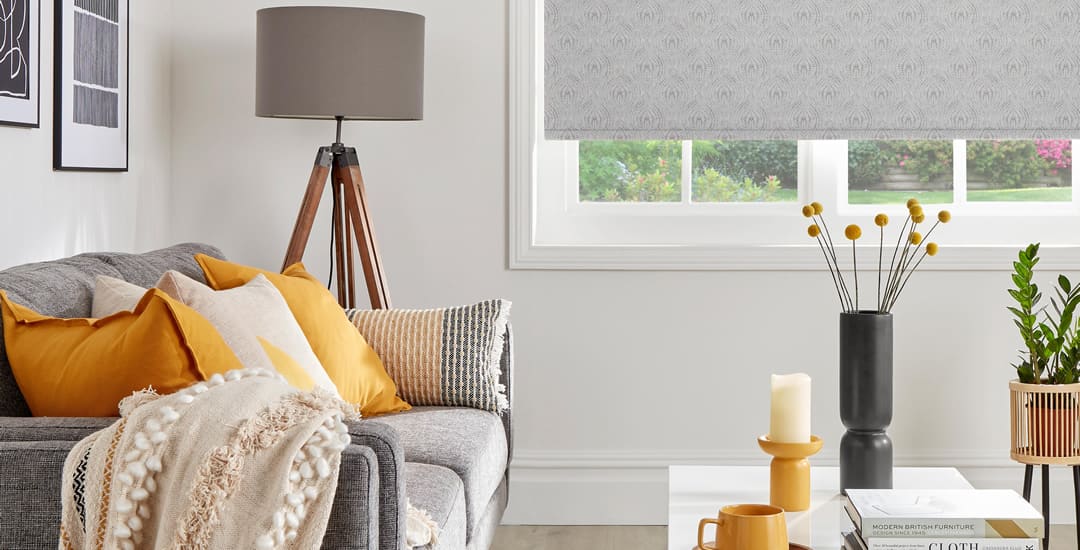
Knowing how to decorate your home like you hired an interior designer if you’re on a budget relies on setting or knowing what that budget is.
You may have to get creative and make some compromises, but having a very clear idea of what you can afford (or the maximum you can spend) will ensure a couple of things.
The first of these is that you don’t overspend (or have to abandon the project partway through because you can’t afford to proceed) in the first place, and the second is that you get the end result you want rather than something patchy because you ran out of funds and had to go without essentials or buy things that look cheap or incongruous compared to everything else.
Whatever budget you’re working with, set it first, start looking around to work out the pricing of various things and identifying where you can save and where you can spend more, and have a clear plan of how your budget will be allocated before you buy one single thing.
If you’re prepared to take your time over the project too, you can make even more out of your budget by potentially waiting for sales and reductions, or keeping looking around until you find second hand, vintage, or even free goods that tick the boxes of what you want at a price you can swallow (even if that price is “nothing”)!
Finally, knowing how to decorate your home like you hired an interior designer but without the funds to match means learning what you can potentially do on the cheap or buy from the lower end of the price spectrum, and what you most definitely shouldn’t scrimp on.
Cushions and throws can often be bought very cheaply while still looking great, and even if they’re not 100% what you want, they can also be replaced without a huge effort or additional cost down the line if and when you can dedicate a bit more money to things.
Some other things though are worth investing in, and will prove to be a false economy if you scrimp on them. Paint and paint brushes are one; very cheap paint not only usually looks cheap, but may peel, fade, and bubble in short order, and will also often be a real pain in the butt to apply if your brushes shed more hair than a fat German shepherd in springtime.
Window blinds too are worth investing in; choosing a less costly style of blinds (like roller blinds or vertical blinds rather than Roman blinds or real wood blinds) is a perfectly valid choice that won’t look cheap in and of itself. But compromising on quality by say, buying cheap, flimsy, readymade blinds rather than well made made-to-measure ones of a good quality without necessarily a correlating far higher price tag is another purchasing choice you are likely to regret in short order!
Do you think your DIY interior design could hold its own against the professionals?
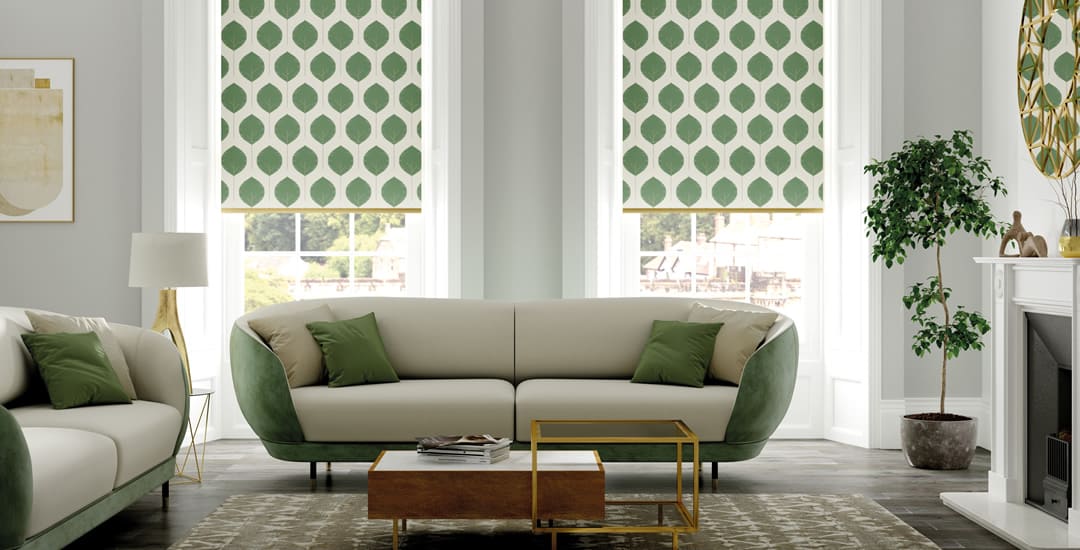
I can honestly say that there have been several occasions upon which I’ve mistaken someone’s well-thought-out DIY interior design for one that had professional input, and I’m honestly always delighted by this when I do.
If you think that an interior design project you planned and executed successfully (particularly on a budget) could give any West London pro a run for their (significant amounts of) money, please send me some pics or add them in the comments.




